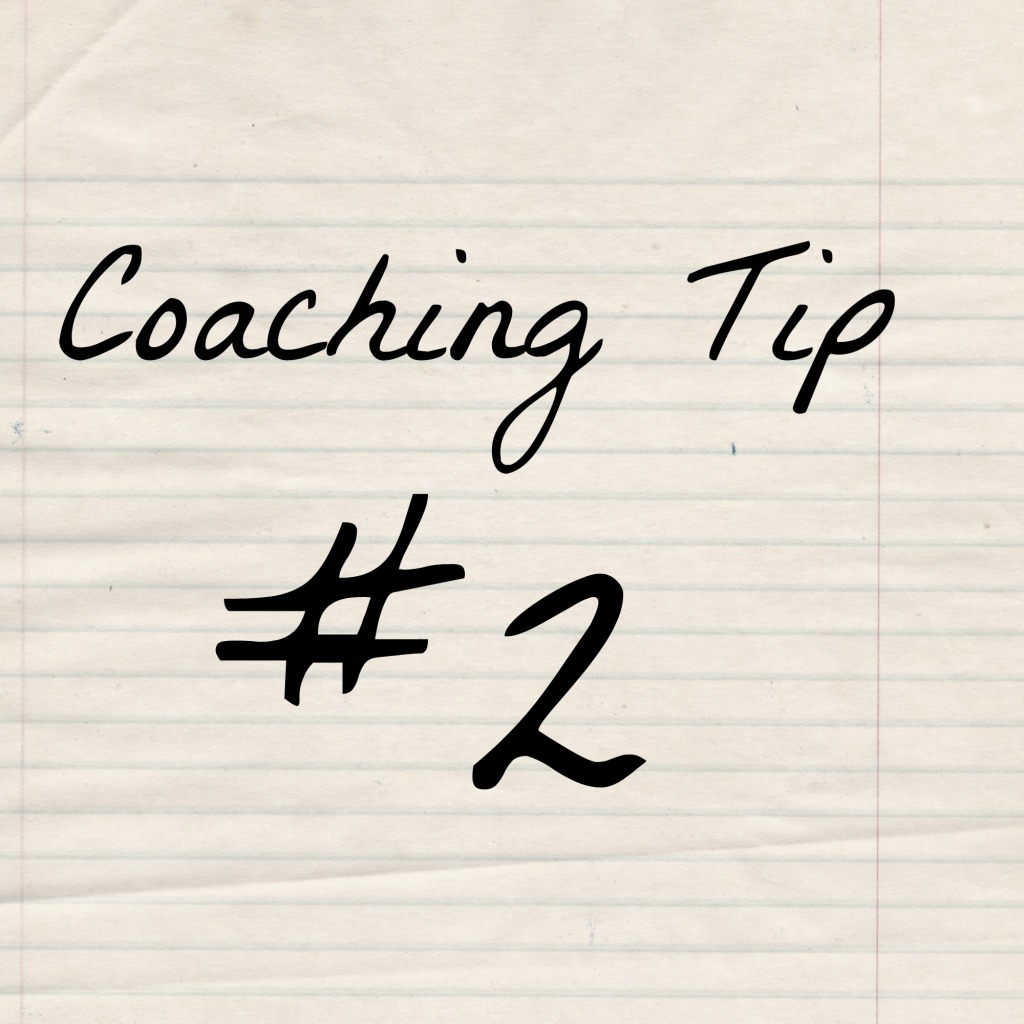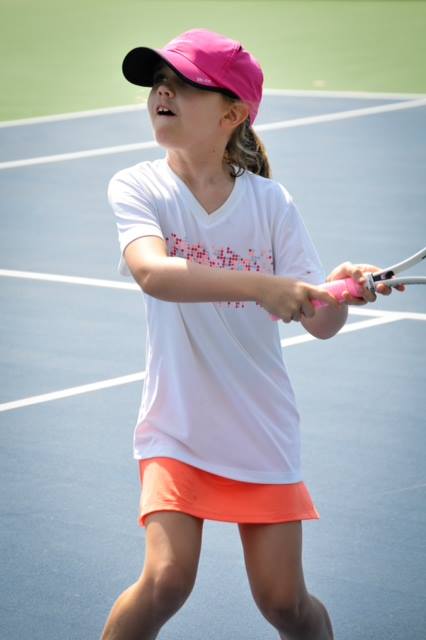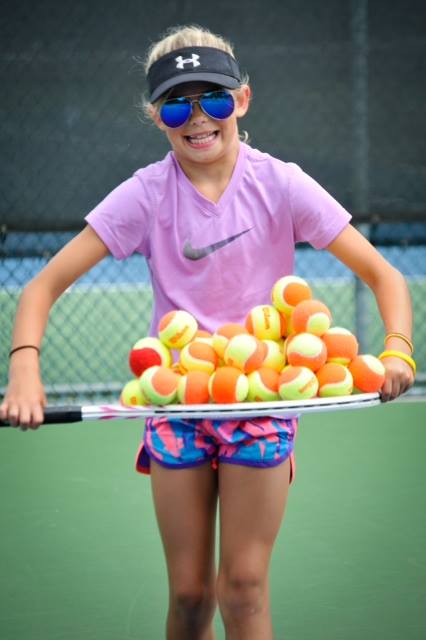 For many summers I was a tennis camp instructor and worked with children ages 10 and under who were beginning players. At some point during those years one of the other coaches came up with a slightly ridiculous game for the kids called “Toilet Bowl Washer” and it seemed to resurface every summer.
For many summers I was a tennis camp instructor and worked with children ages 10 and under who were beginning players. At some point during those years one of the other coaches came up with a slightly ridiculous game for the kids called “Toilet Bowl Washer” and it seemed to resurface every summer.
In order to play Toilet Bowl Washer, the six or so kids on the court lined up parallel to the net. This line served as a ranking system with the child at one end being the “toilet bowl washer” and the child at the other holding some position of high esteem. The instructor then tossed a ball to each child. If they made it they got to keep their spot in line, but if they missed they had to move to the end of the line and become the dreaded TBW. The other children then moved up the line accordingly.
 A favorite part of the game was being able to decide who you were at each point in line because other than “toilet bowl washer” the characters changed every time. For example, one politically aware kid suggested Joe Biden be at the front of the line, while another thought Katniss Everdeen held more supremacy. The characters in between Biden and toliet bowl were argued about until a definitive order was decided and we could begin the game. (Just imagine some 6-year-old girl gleefully shouting “I’m LeBron James!” after the boy next to her misses his shot and she gets to move up in line.)
A favorite part of the game was being able to decide who you were at each point in line because other than “toilet bowl washer” the characters changed every time. For example, one politically aware kid suggested Joe Biden be at the front of the line, while another thought Katniss Everdeen held more supremacy. The characters in between Biden and toliet bowl were argued about until a definitive order was decided and we could begin the game. (Just imagine some 6-year-old girl gleefully shouting “I’m LeBron James!” after the boy next to her misses his shot and she gets to move up in line.)
In my opinion, the most important takeaway kids can get from a tennis lesson is that tennis is fun. And as ridiculous a game as Toilet Bowl Washer was, each time the kids played it they associated tennis with fun. So how do you incorporate fun into your tennis lessons with young children while also developing their game?
Work hard, play hard
I say, make everything into a game. A simple forehand-feeding drill can be made into a game by asking students to count how many shots they make. For example, if you have multiple kids on the court, the student with the most made shots wins. (Usually no prize is necessary; the glory of winning is enough.) And if you have one student, you can offer an incentive for making a certain number of shots during a drill. (Not having to help pick up tennis balls is a popular one.) Get creative!
Make it their time
When working with children, you’re often held accountable for the expectations of their parents. Parents have trusted you will make progress with their children’s tennis game and want to see them continue playing the sport. Bear in mind however, that the student is the person on the court, and in order to keep them invested in tennis it’s important that you make lessons about them. Design your lesson plans, but always ask students if there was a particular game or drill they enjoyed from a previous lesson that they want to do again.
For me, the seven minutes spent arguing about who the characters would be in the next round of Toilet Bowl Washer was never a waste of time because I knew when that day of camp was over, the kids couldn’t wait to get back on the court to play again. Keep it fun for kids and they’ll want to keep playing. Who knows — maybe one day the “toilet bowl washer” will become the no. 1 player in the world.
